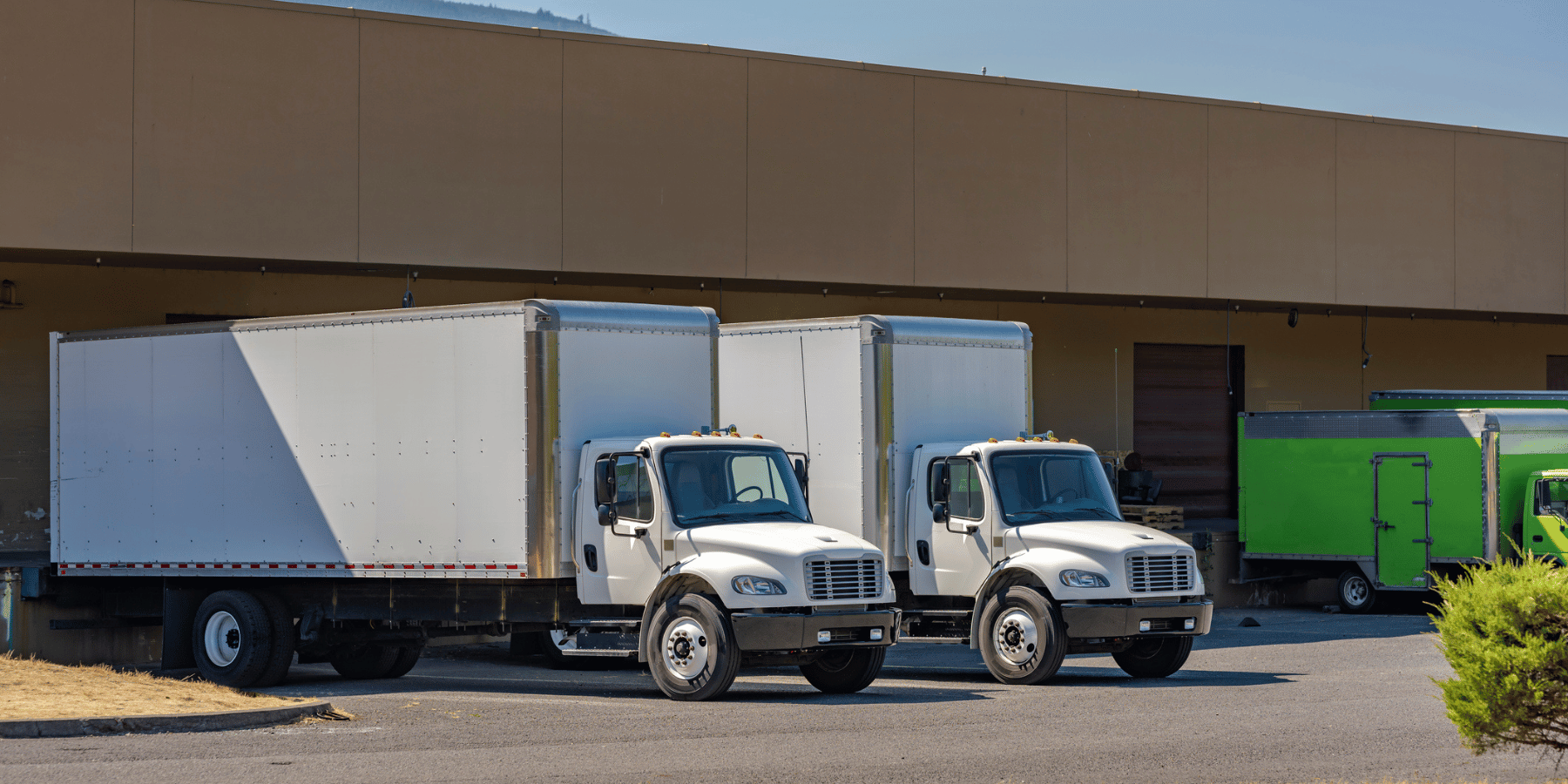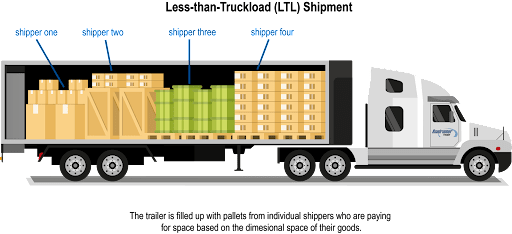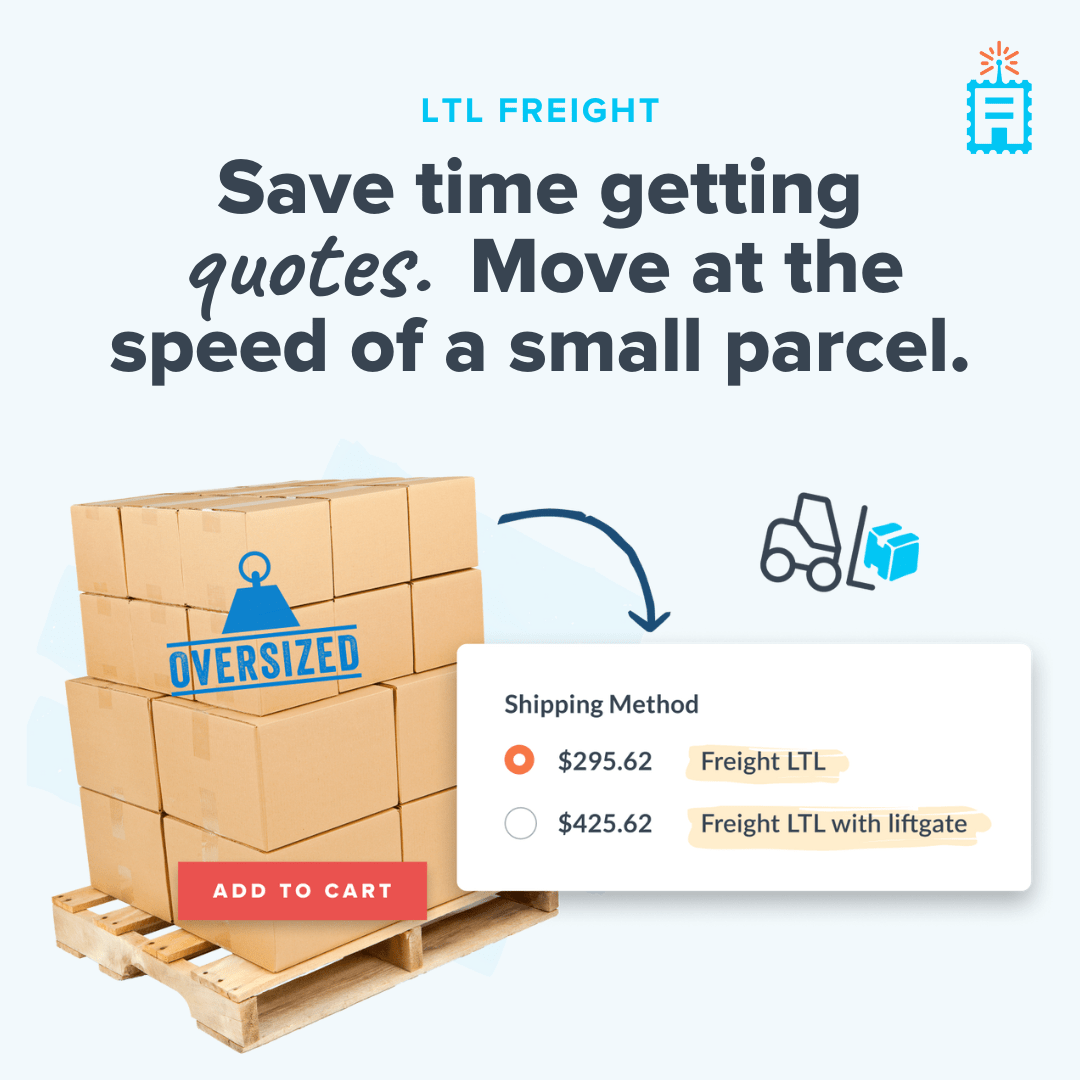In the ever-changing online world, customer experience (CX) is king. It’s what sets your business apart in a crowded marketplace, and keeps your customers coming back for more. For shippers dealing with large or bulky items and B2B transactions, ensuring a seamless shipping experience is critical to maintaining and enhancing customer satisfaction. One powerful tool that can significantly improve your shipping strategy is Less-Than-Truckload or LTL shipping.
The United States LTL market is projected to grow from $109.12 billion in 2024 to $139.63 billion by 2030. LTL shipping has emerged as a cost-effective, flexible, and efficient solution for businesses that need to ship items too large for parcel delivery but don’t require a full truckload.
Let’s explore how LTL freight strategy can positively impact your eCommerce customer experience. We will also look at the factors influencing LTL shipping costs, and why integrating this method into your logistics strategy is a smart move.
The Importance of Customer Experience in eCommerce
Before diving into the specifics of LTL shipping, it’s essential to understand why customer experience is so crucial in eCommerce. Customers now have endless options at their fingertips. A single negative experience— whether due to poor customer service, delayed shipping, or unclear tracking information may lead to negative reviews and lost business.
For shippers, especially those dealing in bulky items and B2B transactions, the stakes are even higher. Your customers rely on timely and accurate deliveries to keep their businesses running smoothly. This means that every aspect of the shipping process, from LTL carrier selection to delivery, plays a critical role in shaping the overall customer experience.
Why LTL Shipping Matters
LTL shipping is a freight transportation option where multiple shippers’ goods are combined into one truckload. Each shipper only pays for the portion of the truck space their goods occupy. This makes it a cost-effective option for businesses that don’t need a full truckload.
This strategy is particularly beneficial for eCommerce businesses that deal with bulky or oversized items. Whether you’re shipping furniture, appliances, or industrial equipment, LTL shipping allows you to move your products efficiently without the expense of booking an entire truck.
Factors Influencing LTL Shipping Costs
Understanding the factors that influence LTL shipping costs is essential for optimizing your shipping strategy and getting the best rates. Here are the key factors that impact LTL prices:
- Freight Class: The shipment’s dimensions and weight determine its freight class, which directly affects pricing. Factors such as density, stowability, handling, and liability also play a role.
- Distance: The farther your goods need to travel, the higher the shipping prices will be.
- Additional Services: Any additional services required, such as liftgate delivery, inside delivery, or residential delivery, will add to the overall cost of shipping.
- Different Shipping Needs: Whether the shipper needs expedited delivery or has specific requirements for shipping fragile or hazardous items.
Final Thoughts
LTL shipping offers a robust solution for eCommerce merchants looking to improve their customer experience. By providing flexible delivery options, enhancing transparency through real-time tracking, and offering cost-effective shipping solutions, LTL can significantly enhance the satisfaction and loyalty of your customers.
Ready to revolutionize your LTL shipping experience?
Sign up for a free 15-day ShipperHQ trial or book a demo with our shipping experts to get personalized advice.
FAQs About LTL Shipping
1. What is LTL shipping, and how does it work?
LTL (Less-Than-Truckload) shipping consolidates smaller shipments from multiple retailers into one truck. This allows companies to share transportation costs, making it a cost-effective solution for smaller freight.
2. How does LTL shipping benefit eCommerce merchants?
It helps eCommerce merchants save on costs for smaller shipments. You can offer flexible freight delivery options by accessing a network of reliable carriers. It’s ideal for managing diverse shipping needs efficiently.
3. What factors impact Freight shipping rates?
Key factors influencing freight shipping rates include shipment weight, dimensions, freight class, distance, and additional services like residential or liftgate delivery.








